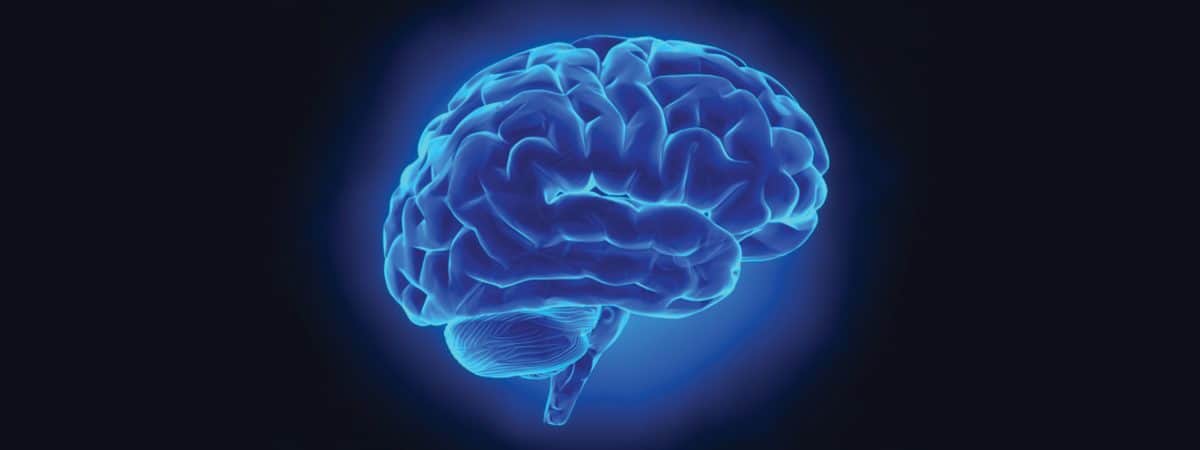- Alcohol and Hearing Health - April 9, 2025
- How Smoking Can Harm Your Ears - March 11, 2025
- Succeeding in the Workplace with Hearing Aids - February 10, 2025
An Elusive Subject
Tinnitus has proven to be particularly hard for the medical community to study. It can’t be measured like blood pressure or eyesight, and results from study to study are inconsistent because of the variability of patients’ experiences — the type of sound, which ears are affected, whether it’s debilitating, the duration, even the patient’s age.
Recently, however, researchers at the University of Illinois used functional MRI to search for patterns in the brain function of those with chronic tinnitus, regardless of the patient variables involved. They did, indeed, find something: a difference in a part of the brain called the precuneus.
A Lopsided Relationship
The precuneus is connected to many different networks in the brain. Two of these are the default mode network (DMN) and the dorsal attention network (DAN). The DMN is active when the brain is at rest; the DAN is active when you put your attention on something. When one is active, the other isn’t.
But the functional MRI showed that in those with chronic tinnitus, the precuneus had a stronger connection to the DAN and a weaker connection to the DMN. The more severe the tinnitus, the greater the difference between the two connections.
An increased connection between the precuneus and the DAN means the brain is kept at attention unnecessarily. This goes a long way toward both validating people’s tinnitus and explaining what many who experience it have long claimed: Tinnitus robs them of energy and creates concentration problems.
A Reliable Indicator, but More Questions
For the first time, researchers have something concrete and reliable as an indicator of tinnitus. But the result held true across all variables save two: those with mild tinnitus and those who had experienced tinnitus for less than a year. Something happens to those with recent-onset tinnitus to kick-start changes in the precuneus — but when does the change happen and why? To answer these questions is to possibly answer an even bigger one: Does preventing or lessening these changes prevent moderate to severe tinnitus? For now, this indicator may help forge new paths for research and new ways to design studies of this elusive, at-times debilitating condition.
Contact us today if you’d like to know more about tinnitus!
Source:
Schmidt S, Carpenter-Thompson J, Husain FT. Connectivity of precuneus to the default mode and dorsal attention networks: a possible invariant marker of long-term tinnitus. NeuroImage Clinical. 2017;16:196– 204.


